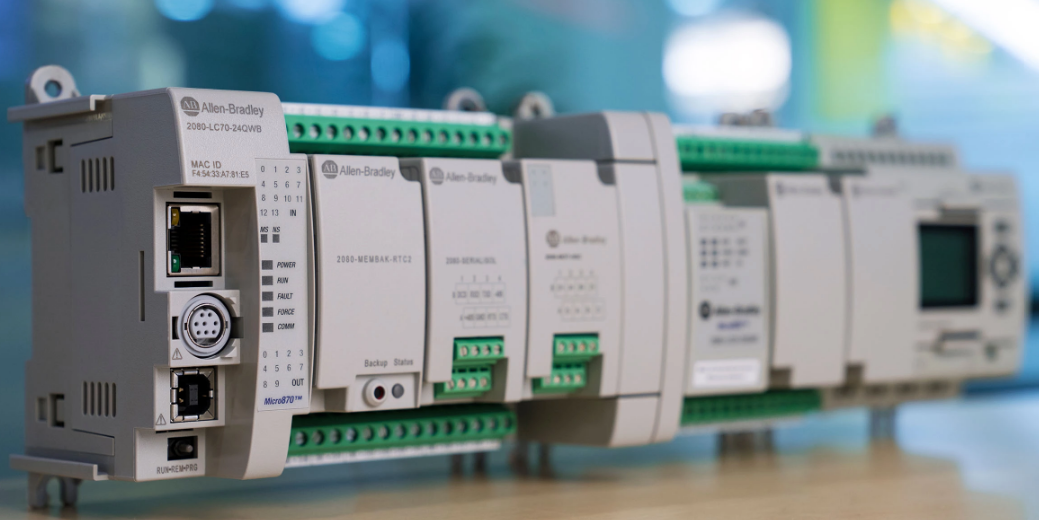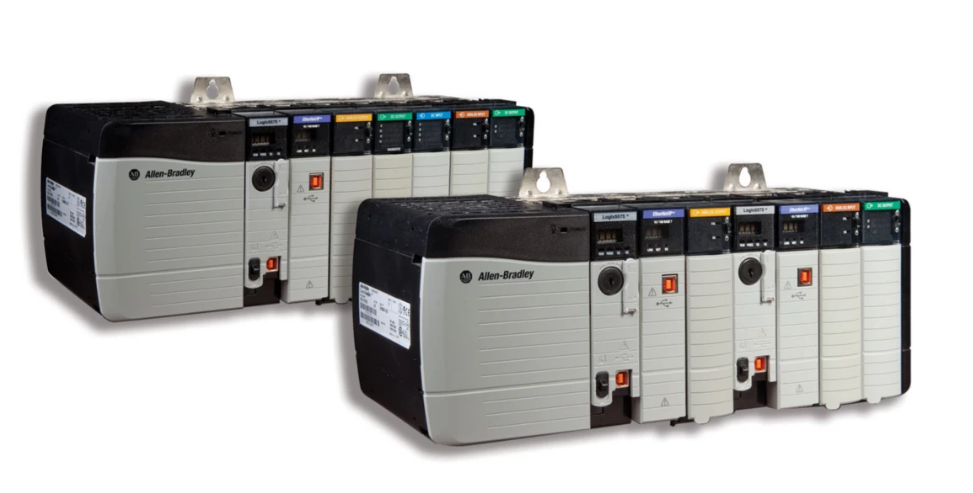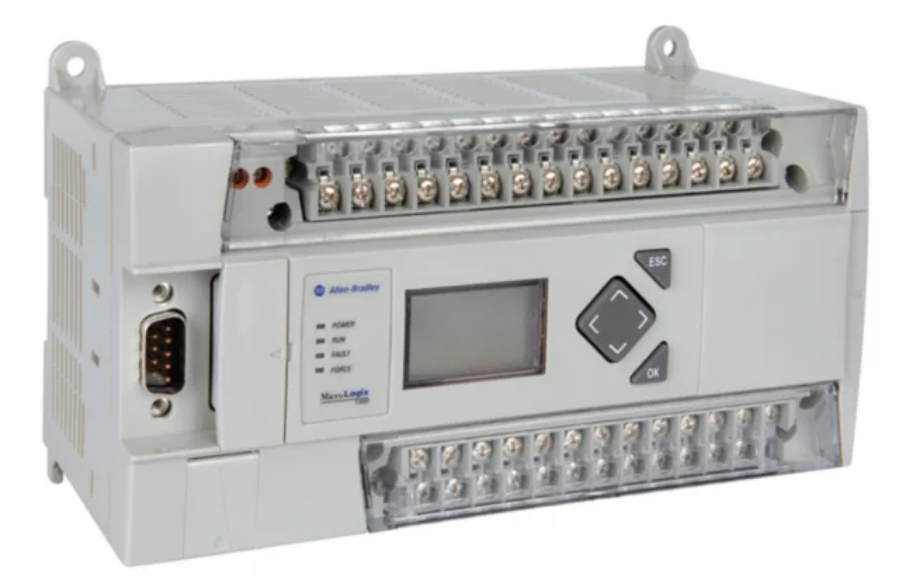Description
The first step in using Allen-Bradley PLCs is to determine the specific model and series that is appropriate for your application. Allen-Bradley PLCs come in a variety of models and series, each with its own unique features and capabilities. It is important to choose the right model and series to ensure that the PLC can handle the specific process control requirements of your application.
Once you have selected the appropriate Allen-Bradley PLC, the next step is to install and configure the device. This includes connecting the PLC to the appropriate power source, as well as connecting it to the input/output (I/O) devices that will be used to control the process. The PLC must be properly configured to ensure that it can communicate with the I/O devices and that the proper inputs and outputs are used for the process control.
The next step is to program the PLC. Allen-Bradley PLCs can be programmed using a variety of programming languages, including Ladder Logic, Function Block Diagram, and Structured Text. The programming language used will depend on the specific PLC model and series, as well as the specific process control requirements of the application.
Once the PLC is programmed, it is important to test and debug the program to ensure that it is functioning properly. This can be done by simulating the process and monitoring the PLC’s output to ensure that it is responding correctly to the inputs. If any errors or bugs are found, they should be corrected before the PLC is placed into operation.
Finally, once the PLC is programmed, configured, and tested, it can be placed into operation. This includes monitoring the PLC’s performance, troubleshooting any issues that may arise, and making any necessary adjustments to the program as needed.
In conclusion, Allen-Bradley PLCs are a powerful tool for industrial automation, and by following the steps outlined in this article, it is possible to use them effectively in a wide range of applications. By selecting the appropriate model and series, installing and configuring the device, programming, debugging, and monitoring the PLC’s performance, it is possible to achieve reliable and efficient control of industrial processes.


